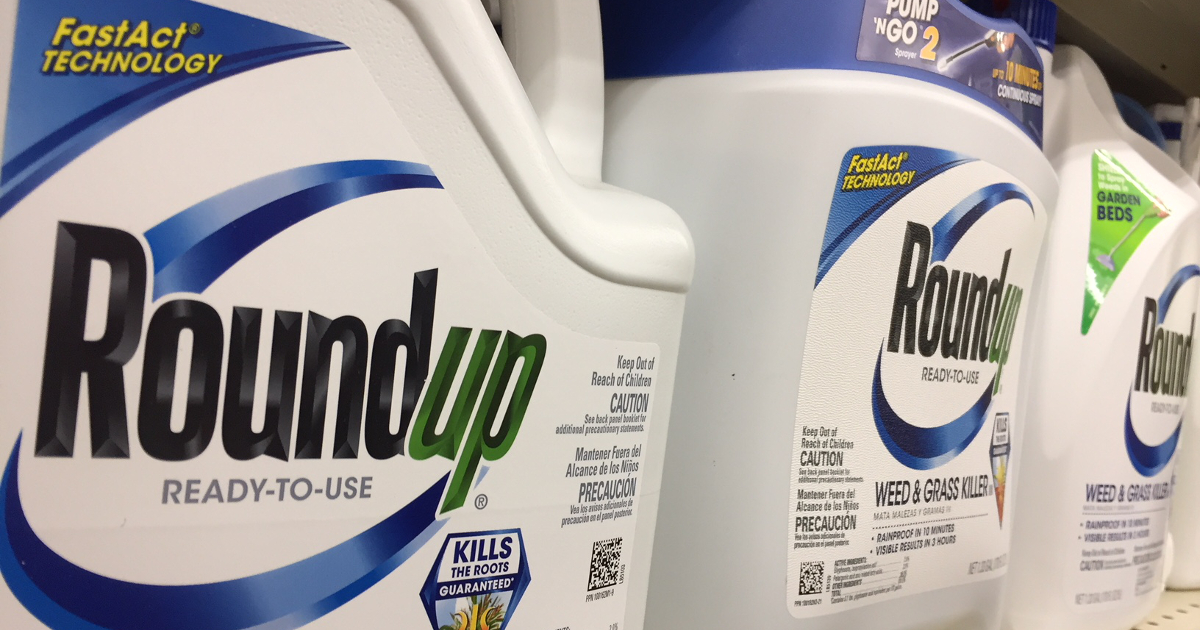
How Did the US EPA and IARC Reach Opposite Conclusions About Glyphosate’s Genotoxicity?
Many people around the world still struggle to understand how and why the US EPA and the European Food Safety Authority (EFSA) concluded that the herbicide active ingredient glyphosate is not genotoxic (damaging to DNA) or carcinogenic, whereas the World Health Organisation’s cancer agency IARC came to the opposite conclusion. IARC stated that the evidence for glyphosate’s genotoxic potential is “strong” and that glyphosate is a probable human carcinogen.
January 14, 2019 | Source: GM Watch | by
New analysis shows EPA relied on secret industry studies, which found ‘no effect’ from glyphosate, rather than published studies, which mostly found the chemical was genotoxic
Many people around the world still struggle to understand how and why the US EPA and the European Food Safety Authority (EFSA) concluded that the herbicide active ingredient glyphosate is not genotoxic (damaging to DNA) or carcinogenic, whereas the World Health Organisation’s cancer agency IARC came to the opposite conclusion. IARC stated that the evidence for glyphosate’s genotoxic potential is “strong” and that glyphosate is a probable human carcinogen.
These agencies’ opposing views on glyphosate’s genotoxic potential played a crucial role in their differing conclusions about glyphosate’s carcinogenicity, since genotoxicity is one of two mechanisms through which glyphosate was deemed by the IARC to be carcinogenic (the other being oxidative stress).
